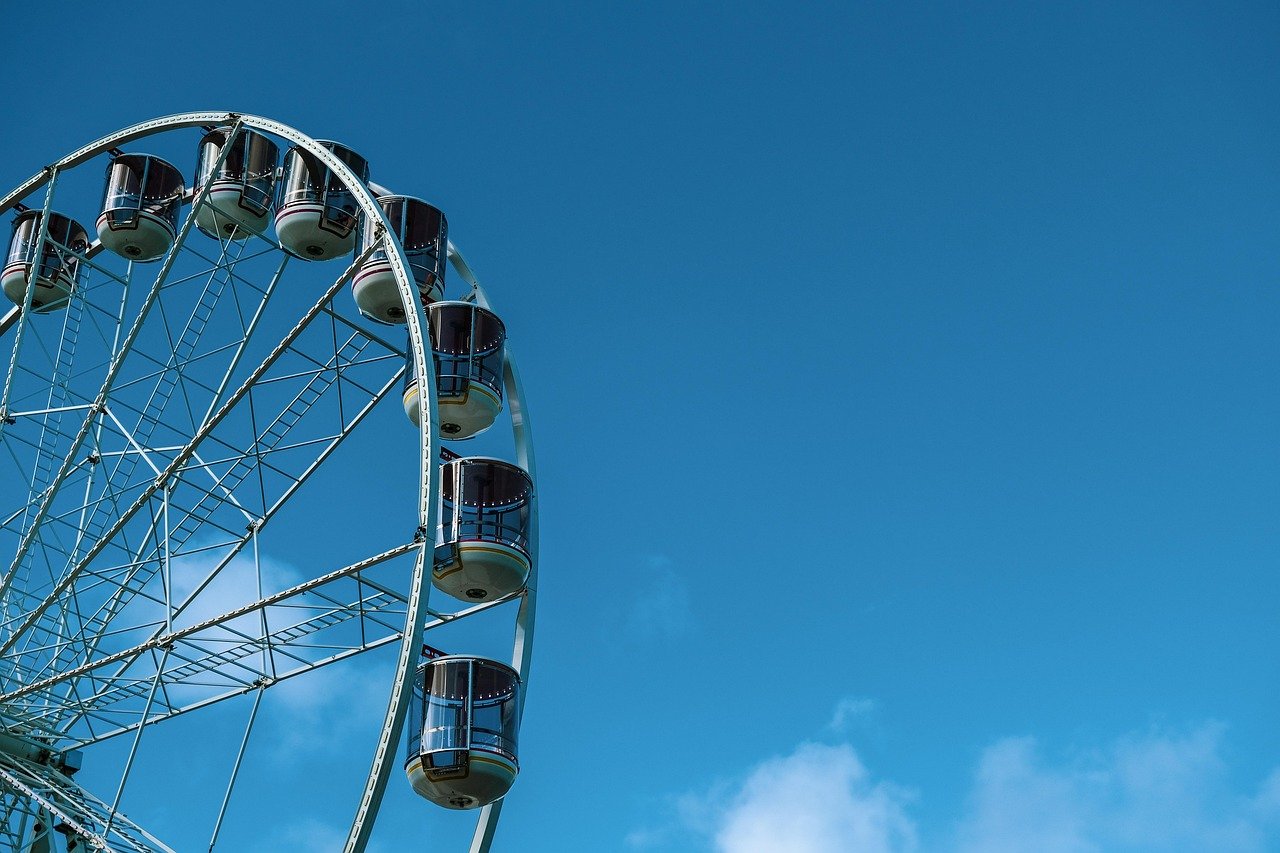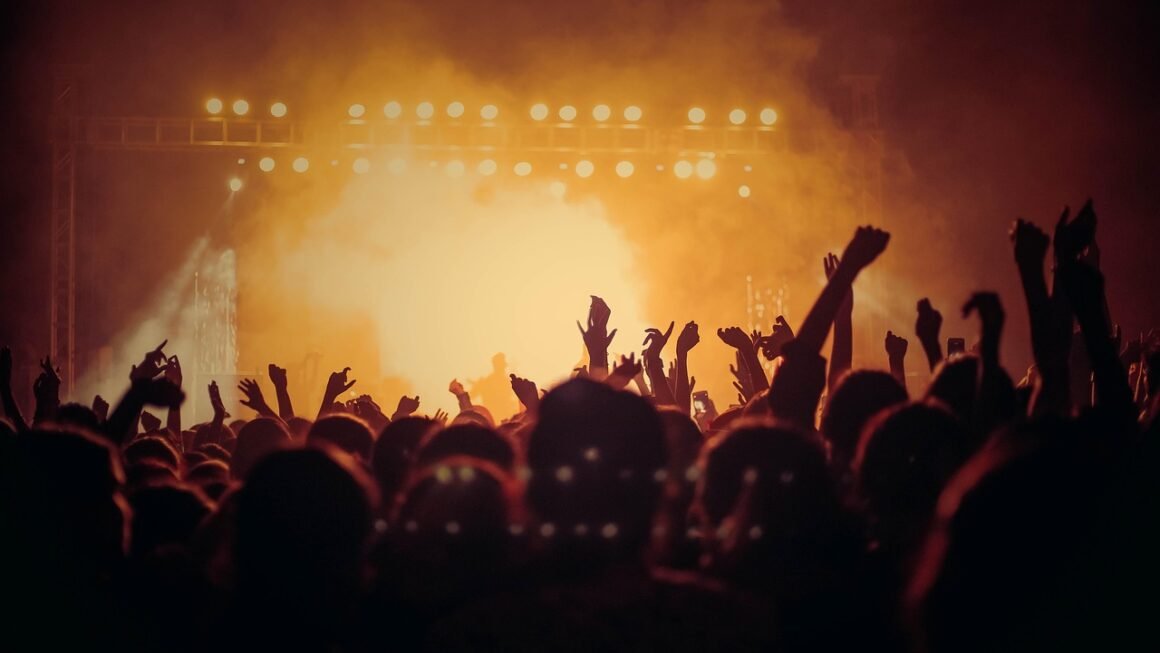Pop culture, the ever-evolving tapestry of trends, entertainment, and ideas, shapes our society and reflects our collective consciousness. From viral dances on TikTok to blockbuster movies dominating the box office, its influence permeates nearly every aspect of modern life. Understanding its dynamics is crucial for marketers, educators, and anyone seeking to connect with contemporary audiences. This post will delve into the multifaceted world of pop culture, exploring its key components, impacts, and future directions.
Defining and Understanding Pop Culture
Pop culture, short for popular culture, is more than just fleeting fads. It’s a dynamic ecosystem of shared experiences that bind communities and reflect societal values.
What Constitutes Pop Culture?
- Entertainment: Movies, television shows, music, video games, and streaming platforms are major drivers.
- Fashion: Clothing trends, accessories, and hairstyles reflecting current styles.
- Technology: Social media platforms, gadgets, and digital trends that shape communication and interaction.
- Language: Slang, memes, and catchphrases that become widely adopted.
- Sports: Major sporting events, athletes, and associated fan culture.
Pop culture is characterized by its accessibility and widespread appeal. It’s often mass-produced and consumed, differentiating it from niche or high culture. A prime example is the widespread popularity of superhero movies. The Marvel Cinematic Universe (MCU), with its interconnected storylines and relatable characters, has captivated audiences worldwide, influencing everything from fashion to advertising.
The Evolution of Pop Culture
Pop culture is in constant flux. What’s trendy today might be forgotten tomorrow. Technological advancements and shifting social attitudes constantly reshape the landscape. Consider the evolution of music consumption: from vinyl records to cassette tapes, CDs, and now streaming services like Spotify and Apple Music. Each shift has altered how music is created, distributed, and consumed, impacting artists and listeners alike.
The Impact of Pop Culture on Society
Pop culture wields significant influence over societal norms, values, and even political discourse.
Shaping Social Norms and Values
- Influence on Behavior: Pop culture often provides models for behavior, both positive and negative. For example, reality TV can normalize certain lifestyle choices, while inspirational films can encourage positive values.
- Reflection of Societal Issues: Pop culture often mirrors current social issues, sparking conversations and raising awareness. Shows like “Black-ish” have addressed topics like race, identity, and cultural appropriation, prompting dialogue and understanding.
- Impact on Attitudes: Exposure to diverse representations in media can challenge stereotypes and promote inclusivity. For instance, the growing representation of LGBTQ+ characters in television and film has contributed to greater acceptance and understanding.
Pop Culture and Consumerism
Pop culture is intrinsically linked to consumerism. Brands leverage trends and popular figures to promote their products.
- Celebrity Endorsements: Celebrities wield considerable influence over purchasing decisions. A celebrity endorsement can instantly boost a product’s visibility and appeal. Think of Nike’s long-standing partnership with Michael Jordan, which has created a billion-dollar brand within the sportswear industry.
- Product Placement: Integrating products seamlessly into movies, TV shows, and video games can subtly influence viewers’ perceptions and desires. The James Bond franchise is famous for featuring high-end cars, watches, and gadgets, associating them with sophistication and adventure.
- Trend-Driven Marketing: Brands capitalize on viral trends and memes to engage with audiences and promote their products. During the peak of the “Ice Bucket Challenge,” numerous companies participated to raise awareness for ALS and promote their brand values.
The Role of Social Media
Social media platforms are central to the dissemination and creation of pop culture.
- Viral Trends: Platforms like TikTok and Twitter can catapult content to viral status, shaping trends in music, dance, and fashion. The “Renegade” dance, popularized on TikTok, is a prime example of how a user-generated trend can quickly become a global phenomenon.
- Influence of Social Media Personalities: Influencers and content creators have become powerful figures in pop culture, shaping opinions and driving trends. Beauty YouTubers, gaming streamers, and lifestyle bloggers have amassed loyal followings, making them valuable partners for brands.
- Accessibility and Participation: Social media allows individuals to actively participate in creating and sharing pop culture content, blurring the lines between creator and consumer. The rise of meme culture, with its user-generated humor and commentary, exemplifies this participatory dynamic.
Key Elements of Current Pop Culture
Current pop culture is characterized by several defining elements, shaping the trends and experiences that dominate our attention.
The Power of Streaming Platforms
- Accessibility to Content: Streaming services have democratized access to entertainment, offering a vast library of movies, TV shows, and music at affordable prices.
- Content Creation and Distribution: Platforms like Netflix and Amazon Prime Video have become major producers of original content, influencing trends and setting new standards for storytelling.
- Data-Driven Recommendations: Streaming algorithms personalize content recommendations based on viewing habits, shaping individual consumption patterns and contributing to echo chambers.
The Resurgence of Nostalgia
- Reboots and Remakes: Hollywood’s infatuation with reboots and remakes reflects a desire to tap into familiar and beloved stories from the past. Examples include remakes of “The Lion King” and “Beauty and the Beast,” which capitalize on nostalgic appeal for new generations.
- Vintage Fashion and Music: Retro fashion trends and a renewed interest in classic music genres highlight a longing for simpler times. Vinyl records have experienced a resurgence in popularity, and vintage clothing stores are thriving.
- Nostalgic Marketing Campaigns: Brands leverage nostalgia in their marketing campaigns, evoking emotional connections with consumers and tapping into fond memories. Coca-Cola’s use of classic advertisements and packaging designs is a prime example.
The Rise of Gaming Culture
- Esports and Competitive Gaming: Esports have become a major spectator sport, attracting millions of viewers and generating significant revenue. Games like “League of Legends” and “Fortnite” host global tournaments with massive prize pools.
- Streaming and Content Creation: Gaming streamers have become influential figures, entertaining audiences and shaping opinions about games. Platforms like Twitch and YouTube Gaming provide a space for gamers to connect with fans and build communities.
- Gaming as a Social Activity: Online multiplayer games allow players to connect with friends and strangers, fostering a sense of community and shared experience. Games like “Minecraft” and “Animal Crossing” offer open-ended gameplay and collaborative opportunities.
Analyzing Trends and Predicting the Future
Staying ahead of the curve in pop culture requires a keen understanding of current trends and the ability to anticipate future developments.
Key Indicators of Upcoming Trends
- Social Media Monitoring: Tracking trending hashtags, viral videos, and emerging challenges on platforms like TikTok and Twitter can provide early signals of upcoming trends.
- Cultural Events and Festivals: Attending events like Comic-Con, music festivals, and fashion weeks can offer insights into emerging styles, themes, and technologies.
- Data Analysis: Analyzing search engine trends, social media engagement metrics, and consumer behavior data can reveal patterns and predict future trends.
Influences Shaping Future Pop Culture
- Technological Advancements: Emerging technologies like virtual reality, augmented reality, and artificial intelligence will likely have a profound impact on pop culture, creating new forms of entertainment and interaction.
- Social and Political Events: Major social and political events can influence pop culture themes and narratives, reflecting anxieties, aspirations, and societal values.
- Generational Shifts: As new generations come of age, their values, preferences, and digital habits will shape the future of pop culture. Understanding the characteristics and trends of Gen Z and beyond is crucial.
Tips for Staying Relevant
- Engage with Content Creators: Collaborating with influencers and content creators can help brands and individuals stay relevant and reach new audiences.
- Monitor Industry Publications: Following news outlets, blogs, and research reports that cover pop culture trends can provide valuable insights and analysis.
- Embrace Experimentation: Being willing to experiment with new platforms, formats, and technologies can help individuals and brands stand out and stay ahead of the curve.
Conclusion
Pop culture is a dynamic and influential force that shapes our society, values, and consumer behavior. By understanding its key elements, monitoring emerging trends, and adapting to its ever-changing landscape, individuals and organizations can harness its power to connect with audiences, promote their messages, and stay relevant in an increasingly interconnected world. The key takeaways are to embrace experimentation, monitor relevant industry publications, and engage with content creators to maintain a strong understanding of this evolving realm.



